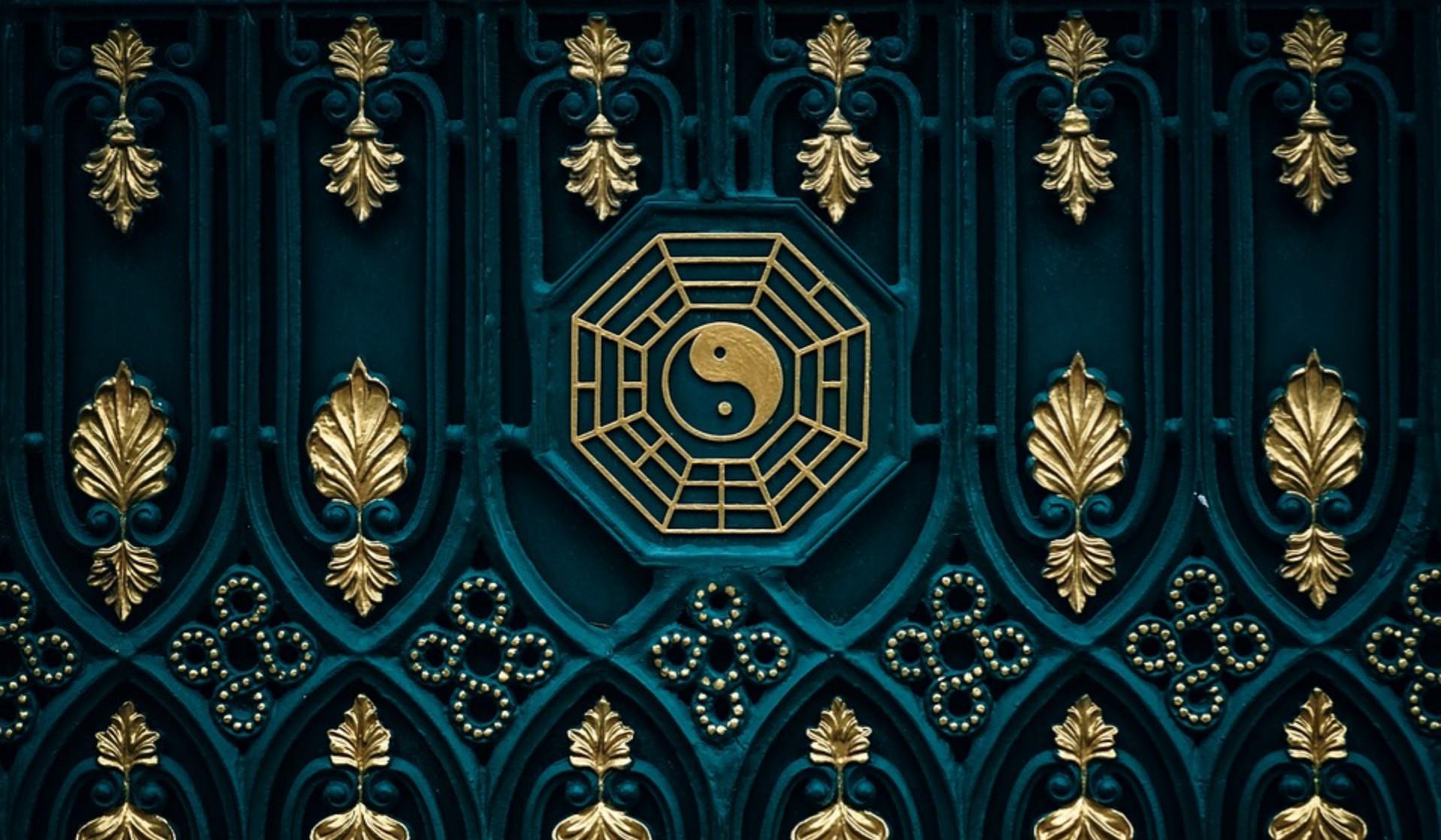
Source: No More Fake News
Let’s pretend that a few Chinese sages, long ago, decided to float a trial balloon.
They spread the word that opposites could resolve in a state of harmony. Each polarity could reflect the other.
It was a poetic thought that might be embedded in a few verses.
The sages watched and waited. Eventually, they saw that this fancy had taken hold. In fact, it had become embedded in a philosophy. It was now being discussed as a principle of the universe, the cosmos.
The sages were shocked but not surprised. Humans exhibit strange fetishes.
What started out as a poet’s passing rumination on a summer afternoon—entertained purely for the purpose of writing verse—was now an all-embracing weave of the Matrix.
From the sages’ point of view, what might be done in a poem was far more important than what might be attributed to Universe.
I use this as an illustration of “piling on”–how humans add one idea after another, one speculation after another to a Matrix that is already built to give the impression that it is the prime reality.
Richard Jenkins, the extraordinary healer I write about in The Secret Behind Secret Societies, once told me, “The addiction to Universe is like every other religious addiction. People aren’t satisfied with just two or three myths. They have to keep making them up. It’s like children with dolls and clothes. You’ve got to have more outfits.”
The Matrix is made into a magnet. Instead of understanding that products of imagination are art, people have to embellish the Matrix with those products. That gets them dug in deeper.
Nearly 45 years ago, I rented a garage in Santa Monica and turned it into a studio. It was small, and I wanted to paint large. I stretched three canvases, the biggest of which was 15×8 feet. Because there wasn’t enough room in the studio, I kept painting over that canvas.
Six months later, I had done perhaps 15 paintings on that one canvas—each painting covering the one before it. I’d used all sorts of paints—acrylic, oil, enamel. Finally, I painted the whole thing black. I looked at the black space for a few days, and I noticed there was a small glint of light green peeking through in the lower left.
I worked at the area with my fingernails, and suddenly a two-foot section of black came away like a swath of rubber, exposing many colors and shapes, which were intact.
I realized that, because I’d used different kinds of paint, I’d done distinct layers. The layers hadn’t adhered perfectly.
For the next week, using a screwdriver and a mallet, I uncovered painting after painting, going back in time.
Eventually, I arrived at a painting composed of several layers at slightly different heights. I liked it.
If the painting had been the Matrix, and I had been a devotee, I would have fallen on my knees at that point and said a prayer. I would have, for the moment, been happy I had determined how many layers (myths) were necessary to give me the One Painting For All Time. The religion of Matrix.
But it was a painting. And of course, since I was the artist, I knew that.
Artists create worlds and universes. Therefore, the idea that “The Universe” is somehow our greatest guide and mentor and gift-giver is a joke of the highest magnitude.
You have a choice. You can go along for the ride in Matrix, or you can imagine imagination and embark on the journey of journeys.
Most people are not up to contemplating the idea of consciously creating, much less spontaneously improvising, which involves a kind of merging with what they would create.
But for those who can grasp such an idea, the world and the universe aren’t any longer arbiters and rule makers and guides. They are inventions that are already here.

Truth Comes to Light highlights writers and video creators who ask the difficult questions while sharing their unique insights and visions.
Everything posted on this site is done in the spirit of conversation. Please do your own research and trust yourself when reading and giving consideration to anything that appears here or anywhere else.










